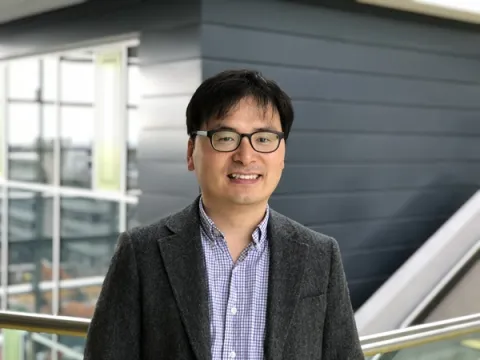About the project
This project focuses on developing advanced fibre designs and novel devices for programmable spatial and polarization beam shaping, pushing the boundaries of fibre laser performance and versatility.
Fibre lasers are revolutionizing the field of laser technology, providing unmatched stability without the need for moving parts or mirrors, making them an ideal solution for next-generation laser systems. This project is part of the UK’s EPSRC funded Programme Grant, HiPPo project, which aims to revolutionize fibre lasers by integrating artificial intelligence (AI).
As a key contributor in this cutting-edge project, you will work alongside leading researchers at the Optoelectronics Research Centre (ORC) and collaborate with global industry leaders, including Trumpf Laser, TWI, and Microsoft. Your contributions will include:
- designing and implementing advanced beam and polarization shaping techniques to optimize fibre laser systems
- conducting experimental and simulation-based evaluations to validate and refine these technologies
- collaborating with interdisciplinary teams to transition your innovations into real-world applications
- exploring AI-driven control mechanisms for dynamic beam shaping and polarization modulation, enabling rapid, precise adjustments
You’ll be part of the Pulsed Fibre Laser Group (~10 researchers) and the Hippo project (~25 researchers), both housed within the world-leading ORC. This dynamic and collaborative environment provides access to cutting-edge facilities, mentorship from academic experts, and engagement with industrial partners. You’ll work on ground-breaking research with real-world impacts, particularly in laser material processing.
This project is ideal if you’re eager to contribute to the future of laser technology and explore the powerful capabilities of fibre lasers.
The School of Optoelectronics (ORC) is committed to promoting equality, diversity inclusivity as demonstrated by our Athena SWAN award. We welcome all applicants regardless of their gender, ethnicity, disability, sexual orientation or age, and will give full consideration to applicants seeking flexible working patterns and those who have taken a career break.
The University has a generous maternity policy, onsite childcare facilities, and offers a range of benefits to help ensure employees’ well-being and work-life balance. The University of Southampton is committed to sustainability and has been awarded the Platinum EcoAward.

